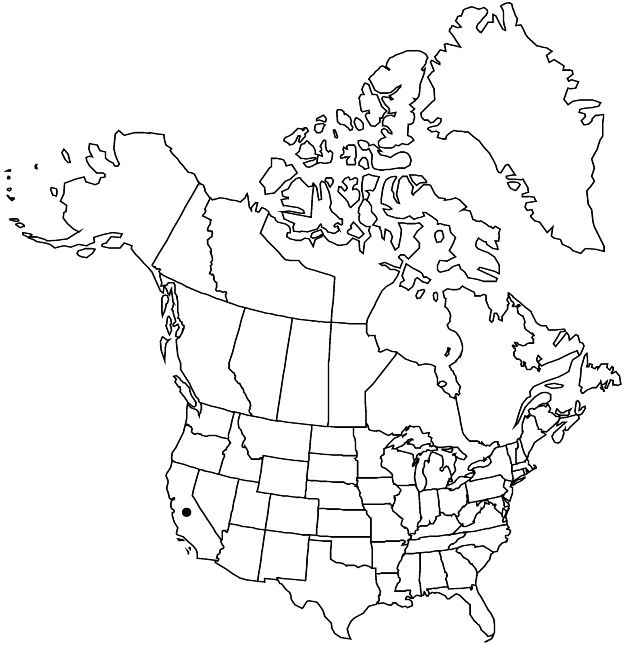Difference between revisions of "Ivesia paniculata"
Brittonia 33: 165, fig. 1. 1981.
imported>Volume Importer |
imported>Volume Importer |
||
| Line 55: | Line 55: | ||
|publication year=1981 | |publication year=1981 | ||
|special status=Conservation concern;Endemic | |special status=Conservation concern;Endemic | ||
| − | |source xml=https:// | + | |source xml=https://bitbucket.org/aafc-mbb/fna-data-curation/src/2e0870ddd59836b60bcf96646a41e87ea5a5943a/coarse_grained_fna_xml/V9/V9_349.xml |
|subfamily=Rosaceae subfam. Rosoideae | |subfamily=Rosaceae subfam. Rosoideae | ||
|tribe=Rosaceae tribe Potentilleae | |tribe=Rosaceae tribe Potentilleae | ||
Latest revision as of 22:56, 5 November 2020
Plants grayish, ± matted. Stems ± prostrate, 0.4–1.5(–2) dm. Basal leaves tightly cylindric, (1.5–)2–5(–7) cm; sheathing base densely hairy abaxially; petiole 0.5–4 cm; lateral leaflets (5–)8–15 per side, overlapping at least distally, ± flabellate, 0.5–2 mm, incised to base or nearly so into (0–)3–8(–15) elliptic to narrowly obovate lobes, apex not or obscurely setose, surfaces densely hirsute, cryptically glandular; terminal leaflets indistinct. Cauline leaves (0–)1; blade reduced. Inflorescences 20–200-flowered, congested, (1–)1.5–6(–10) cm diam. Pedicels 1.5–6 mm. Flowers 4–6 mm diam.; epicalyx bractlets 5, lanceolate to elliptic, 0.6–1.5(–2) mm; hypanthium shallowly cupulate, 1 × 2–3 mm; sepals (1–)1.5–2.5(–3) mm, acute; petals white to pale yellowish, linear, 1 mm; stamens 5, filaments 0.3–1 mm, anthers yellow with maroon margins, ovate, 0.3–0.5 mm; carpels 1–2(–3), styles 0.7–1.8 mm. Achenes brown, 0.8–1.5 mm, smooth, prominently carunculate.
Phenology: Flowering summer.
Habitat: Dry shallow volcanic ash and cinders atop volcanic bedrock, open sagebrush communities, adjacent conifer woodlands
Elevation: 1500–1800 m
Discussion
Of conservation concern.
Ivesia paniculata is known only from the Ash Valley area of Lassen County. The distinctions between I. paniculata and I. rhypara are perhaps on the same scale as variation among disjunct population clusters of I. rhypara, but no taxonomic adjustments are proposed at this time.
Selected References
None.
